Square Cement Blender
WhatsApp Order
A square cement blender typically refers to a piece of equipment used in construction and concrete-related applications. It is a machine designed to mix cement, sand, gravel, and water thoroughly to produce a uniform and homogenous mixture, commonly known as concrete. The “square” aspect of the term may refer to the shape of the blender’s mixing drum or container.
In essence, a square cement blender is a construction tool utilized to efficiently combine and blend the essential components of concrete, facilitating the preparation of a consistent and workable material for various building projects.
Description
USES OF A SQUARE CEMENT BLENDER
- Concrete Mixing: The primary purpose of a cement blender is to mix concrete components, including cement, sand, gravel, and water. This ensures a consistent and homogeneous mixture that can be used for various construction applications.
- Construction Projects: Cement blenders are widely used on construction sites for preparing concrete needed for foundations, slabs, walls, and other structural elements. They play a key role in creating durable and reliable building materials.
- Road Construction: Cement mixers are essential in road construction projects, where concrete is used for pavements, curbs, and other infrastructure elements. They help in achieving the required strength and quality of the concrete mix.
- Masonry Work: Cement blenders are commonly employed in masonry projects for mixing mortar, which is used to bind bricks or other masonry units. This is crucial for creating strong and stable walls and structures.
- Precast Concrete Production: In precast concrete manufacturing, cement blenders are used to prepare the concrete mix that will be poured into molds to create precast elements such as beams, columns, and panels.
- DIY and Home Improvement: Cement blenders are also utilized for smaller projects at home or on a DIY scale. Individuals may use them for tasks like creating concrete pathways, patio slabs, or small construction projects around the house.
- Landscaping: In landscaping projects, cement blenders are employed to mix concrete for features like garden borders, retaining walls, or decorative elements.
- Repair and Restoration: Cement blenders are valuable for repair and restoration work, where concrete needs to be mixed on-site to match existing structures or to fix damaged areas.
- Infrastructure Development: Cement mixers are indispensable in large-scale infrastructure development projects, including bridges, dams, and tunnels, where vast quantities of concrete are required.
- Commercial and Industrial Construction: In commercial and industrial construction, cement blenders are used extensively for creating the concrete needed for floors, foundations, and other structural components.
SAFETY HANDLING PRECAUTIONS
- Read and Understand the Manual:
- Familiarize yourself with the manufacturer's instructions and guidelines provided in the manual.
- Follow all recommended operating procedures and safety precautions outlined in the manual.
- Personal Protective Equipment (PPE):
- Wear appropriate personal protective equipment, including safety glasses or goggles, hearing protection, gloves, and sturdy footwear.
- Consider using a dust mask to protect against dust and airborne particles generated during the mixing process.
- Site Preparation:
- Ensure that the work area is well-ventilated to minimize exposure to dust and fumes.
- Clear the workspace of obstacles and ensure a clean, organized environment to prevent tripping hazards.
- Equipment Inspection:
- Conduct a thorough inspection of the square cement blender before each use.
- Check for any damage, loose parts, or worn-out components that may compromise safety.
- Verify that all safety guards and features are in place and functioning correctly.
- Stable Surface:
- Set up the cement blender on a stable, level surface to prevent accidental tipping or instability during operation.
- Use blocking or other means to secure the equipment in place.
- Electrical Safety:
- If the cement blender is powered by electricity, ensure that the electrical components and cords are in good condition.
- Use a ground fault circuit interrupter (GFCI) for electrical safety.
- Proper Loading and Mixing:
- Follow the manufacturer's guidelines for the maximum load capacity of the cement blender.
- Add materials in the correct order to prevent imbalance or uneven mixing.
- Avoid overloading the mixer, as it can strain the motor and compromise safety.
- Emergency Stop and Shutdown:
- Familiarize yourself with the emergency stop and shutdown procedures.
- Ensure that all users know how to quickly stop the equipment in case of an emergency.
- No Hands in Mixer:
- Never reach into the mixer while it's in operation.
- Use tools or other methods to dislodge materials stuck to the sides, rather than reaching in with hands.
- Communication:
- Establish clear communication among team members to ensure everyone is aware of the cement blender's operation and any potential hazards.
- Use signals or communication devices when operating in areas with limited visibility.
- Training and Supervision:
- Ensure that operators are properly trained in the use of the cement blender.
- Provide supervision, especially for less experienced operators, to monitor safe work practices.
- First Aid and Emergency Response:
- Have a first aid kit readily available on-site.
- Establish an emergency response plan and ensure that all workers know the procedures to follow in case of an accident or injury.
Related products
Box Beam Spirit Level Pro – Magnetic
PRODUCT DESCRIPTION
A Box Beam Spirit Level Pro with Magnetic Base is a precision hand tool used for measuring the levelness and plumbness of surfaces. Its rigid box-shaped aluminum body provides durability and stability during use. The tool contains liquid-filled vials with air bubbles to indicate horizontal, vertical, and 45-degree angles. The magnetic base allows for secure attachment to metal surfaces, enabling hands-free operation. This level is essential in construction, carpentry, metalworking, and any tasks requiring accurate surface alignment.
Plastering Trowel with Teeth – Wood Handle
A plastering trowel with teeth and a wooden handle is a specialized tool used in the field of construction and masonry for applying and texturing plaster or stucco on walls and ceilings. The trowel is characterized by having teeth or serrations on its surface, which create grooves or patterns in the applied material. The wooden handle provides a comfortable grip for the user. This type of trowel is commonly used to achieve specific textures or patterns in plasterwork, adding both decorative and functional elements to the finished surface.
Professional Manual Tile Cutter
A professional manual tile cutter is a specialized tool designed for accurately and cleanly cutting ceramic or porcelain tiles during the installation process. It typically consists of a sturdy base, a scoring wheel or blade, and a handle. The user places the tile on the cutter, scores a line on the surface of the tile using the cutting wheel, and then applies pressure to break the tile along the scored line. Professional manual tile cutters are known for their precision, efficiency, and the ability to produce clean and straight cuts, making them essential for professional tile installers and DIY enthusiasts working on tiling projects.
Putty Knife – Bi Material Handle
A putty knife with a bi-material handle refers to a tool used for scraping and spreading putty, filler, or other materials, featuring a handle made from two different materials. The bi-material handle typically incorporates a combination of materials such as rubber, plastic, or another soft and comfortable grip material for ergonomic handling, along with a more rigid material for durability and structural support. This design aims to provide users with a comfortable grip while ensuring the tool remains sturdy and effective for its intended purposes.
Putty Trowel-Stainless Steel
A putty trowel, specifically one made of stainless steel, is a handheld tool designed for applying and smoothing putty or plaster onto surfaces such as walls, ceilings, or other construction materials. The tool typically consists of a flat, narrow, and flexible stainless steel blade that allows for precise application and smoothing of putty or other similar materials. The stainless steel construction provides durability, resistance to corrosion, and easy cleaning, making it a preferred choice for professionals in the construction and finishing trades.
Rotary Hammer
A Rotary Hammer is a powerful tool designed for heavy-duty drilling and chiseling in hard materials such as concrete, brick, and stone. It uses a piston mechanism instead of just a rotating motion, delivering high-impact energy to break through tough surfaces more efficiently than a standard hammer drill. Ideal for construction, renovation, and demolition work, rotary hammers often feature multiple modes including drill-only, hammer-only, and hammer-drill combo, making them versatile for various masonry tasks.
Vibrating Rammer
A Vibrating Rammer is a specialized construction tool designed to compact soil and other granular materials in confined or narrow spaces. It features a heavy foot plate that delivers rapid, high-impact blows combined with vibrations to achieve deep and effective compaction. This equipment is especially useful for trench work, backfill compaction around pipes, and areas inaccessible to larger compactors. The rammer’s powerful, up-and-down impact motion and vibrating action increase soil density, reduce air pockets, and improve load-bearing capacity, which is critical for stable foundations and infrastructure longevity. Commonly powered by gasoline or diesel engines, vibrating rammers are robust, portable, and essential for civil engineering, landscaping, and road construction projects.
Winch
A winch is a mechanical device used to pull in, let out, or adjust the tension of a rope, cable, or chain. It consists of a spool (or drum) operated manually or powered by electricity, hydraulics, or a combustion engine. Winches are commonly used in construction, vehicle recovery, marine applications, off-road towing, and industrial lifting. Their ability to exert controlled pulling force makes them essential in material handling and rigging operations where moving heavy objects with precision is required.


 Acrylic Sealants
Acrylic Sealants Construction Adhesives
Construction Adhesives Double-Sided Tape
Double-Sided Tape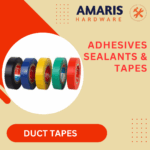 Duct Tape
Duct Tape Electrical Tape
Electrical Tape Epoxy & Resins
Epoxy & Resins Masking Tape
Masking Tape
 Automotive Wrenches & Socket Sets
Automotive Wrenches & Socket Sets Battery Chargers & Jump Starters
Battery Chargers & Jump Starters Car Jacks & Stands
Car Jacks & Stands Car Wash & Detailing Products
Car Wash & Detailing Products Diagnostic Tools
Diagnostic Tools Tire Inflators
Tire Inflators Vehicle Lighting
Vehicle Lighting Oil & Lubricants
Oil & Lubricants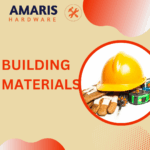
 Adhesives & Sealants
Adhesives & Sealants Bricks & Blocks
Bricks & Blocks Cement & Concrete
Cement & Concrete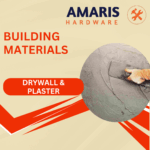 Drywall & Plaster
Drywall & Plaster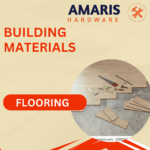 Flooring (Tiles, Wood, Laminate)
Flooring (Tiles, Wood, Laminate) Lumber & Plywood
Lumber & Plywood Paints, Primers & Coatings
Paints, Primers & Coatings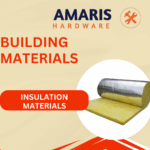 Insulation Materials
Insulation Materials Roofing Materials
Roofing Materials
 Circuit Breakers
Circuit Breakers Electrical Cables & Wires
Electrical Cables & Wires Switches & Sockets
Switches & Sockets Fuses & Relays
Fuses & Relays Connectors & Terminals
Connectors & Terminals Electrical Boxes & Panels
Electrical Boxes & Panels Conduit & Fittings
Conduit & Fittings Lighting Fixtures & Bulbs
Lighting Fixtures & Bulbs Extension Cords & Power Strips
Extension Cords & Power Strips
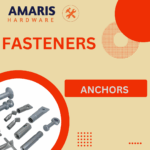 Anchors
Anchors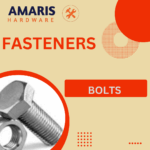 Bolts
Bolts Clips & Clamps
Clips & Clamps Screws
Screws Nuts
Nuts Washers
Washers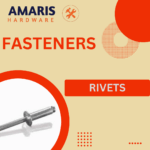 Rivets
Rivets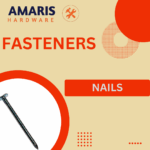 Nails
Nails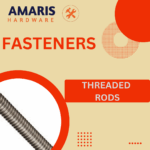 Threaded Rods
Threaded Rods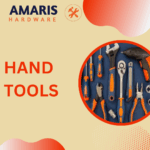
 Hammers
Hammers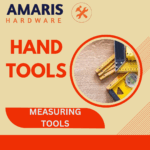 Measuring Tools (Tapes, Levels, Calipers)
Measuring Tools (Tapes, Levels, Calipers) Screwdrivers
Screwdrivers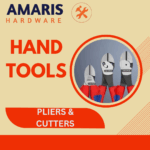 Pliers & Cutters
Pliers & Cutters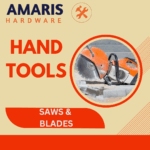 Saws & Blades
Saws & Blades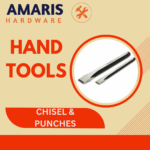 Chisels & Punches
Chisels & Punches Allen Keys & Hex Keys
Allen Keys & Hex Keys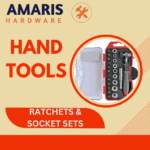 Ratchets & Socket Sets
Ratchets & Socket Sets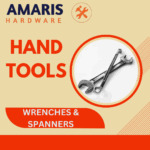 Wrenches & Spanners
Wrenches & Spanners
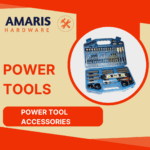 Power Tool Accessories (Blades, Bits, Discs)
Power Tool Accessories (Blades, Bits, Discs)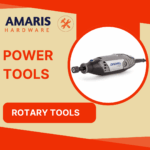 Rotary Tools
Rotary Tools Saws (Circular, Jigsaw, Reciprocating)
Saws (Circular, Jigsaw, Reciprocating)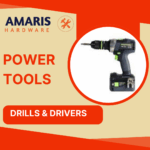 Drills & Drivers
Drills & Drivers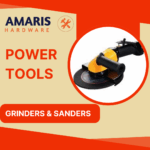 Grinders & Sanders
Grinders & Sanders Heat Guns
Heat Guns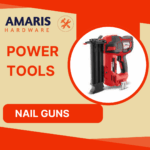 Nail Guns
Nail Guns Impact Wrenches
Impact Wrenches Batteries & Chargers
Batteries & Chargers
 Pipes & Fittings (PVC, Copper, PEX)
Pipes & Fittings (PVC, Copper, PEX)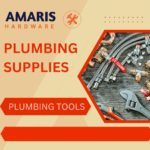 Plumbing Tools
Plumbing Tools Pumps & Motors
Pumps & Motors Sealants & Adhesives for Plumbing
Sealants & Adhesives for Plumbing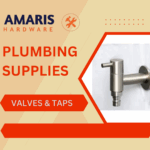 Valves & Taps
Valves & Taps Water Heaters
Water Heaters Drainage Systems
Drainage Systems Faucets & Fixtures
Faucets & Fixtures Hoses & Tubing
Hoses & Tubing
 Hinges & Latches
Hinges & Latches Hooks & Brackets
Hooks & Brackets Window Hardware
Window Hardware Chains & Cables
Chains & Cables Casters & Wheels
Casters & Wheels Shelving & Storage Systems
Shelving & Storage Systems Door Handles & Locks
Door Handles & Locks Drawer Slides & Cabinet Hardware
Drawer Slides & Cabinet Hardware
 Personal Protective Equipment (PPE)
Personal Protective Equipment (PPE) Respirators & Masks
Respirators & Masks Safety Glasses
Safety Glasses Safes
Safes Security Cameras
Security Cameras Gloves
Gloves Helmets
Helmets Ear Protection
Ear Protection Fire Safety Equipment
Fire Safety Equipment Locks & Padlocks
Locks & Padlocks Motion Sensors & Alarms
Motion Sensors & Alarms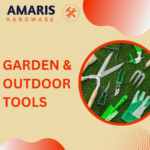
 Garden Fencing
Garden Fencing Garden Furniture Hardware
Garden Furniture Hardware Lawn Mowers
Lawn Mowers Trimmers & Edgers
Trimmers & Edgers Shovels & Spades
Shovels & Spades Rakes & Hoes
Rakes & Hoes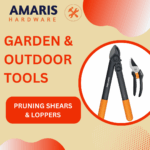 Pruning Shears & Loppers
Pruning Shears & Loppers Watering Systems (Hoses, Sprinklers, Nozzles)
Watering Systems (Hoses, Sprinklers, Nozzles)
 Interior Paints
Interior Paints Paint Brushes & Rollers
Paint Brushes & Rollers Paint Strippers & Thinners
Paint Strippers & Thinners Paint Trays & Accessories
Paint Trays & Accessories Exterior Paints
Exterior Paints Spray Paints
Spray Paints Primers & Undercoats
Primers & Undercoats Varnishes & Stains
Varnishes & Stains
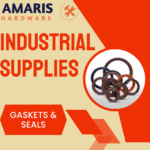 Gaskets & Seals
Gaskets & Seals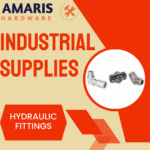 Hydraulic Fittings
Hydraulic Fittings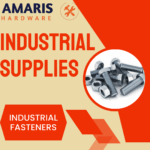 Industrial Fasteners
Industrial Fasteners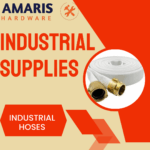 Industrial Hoses
Industrial Hoses Lubricants & Greases
Lubricants & Greases Metal Sheets & Bars
Metal Sheets & Bars Bearings & Bushings
Bearings & Bushings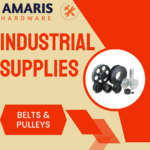 Belts & Pulleys
Belts & Pulleys
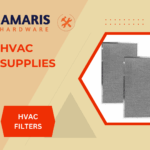 HVAC Filters
HVAC Filters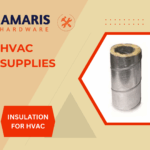 Insulation for HVAC
Insulation for HVAC Air Conditioners
Air Conditioners Refrigerants
Refrigerants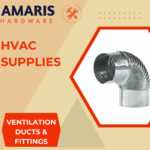 Ventilation Ducts & Fittings
Ventilation Ducts & Fittings Thermostats & Controllers
Thermostats & Controllers Fans & Blowers
Fans & Blowers
 Pegboards & Hooks
Pegboards & Hooks Shelving Units
Shelving Units Storage Bins & Containers
Storage Bins & Containers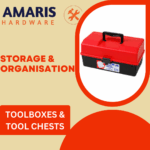 Toolboxes & Tool Chests
Toolboxes & Tool Chests Workbenches
Workbenches Drawer Organizers
Drawer Organizers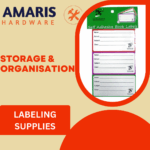 Labeling Supplies
Labeling Supplies
 Welding Accessories (Clamps, Brushes)
Welding Accessories (Clamps, Brushes) Welding Electrodes & Rods
Welding Electrodes & Rods Welding Helmets & Gloves
Welding Helmets & Gloves Welding Machines
Welding Machines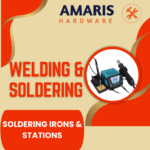 Soldering Irons & Stations
Soldering Irons & Stations Flux & Solder Wire
Flux & Solder Wire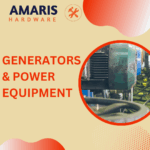
 Generator Accessories
Generator Accessories Inverters
Inverters Portable Generators
Portable Generators Power Inverters
Power Inverters Transfer Switches
Transfer Switches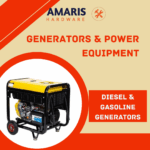 Diesel & Gasoline Generators
Diesel & Gasoline Generators
 Transport Equipment: Carts, Dollies, and Hand Trucks
Transport Equipment: Carts, Dollies, and Hand Trucks Storage Solutions: Pallets, Racks, and Containers
Storage Solutions: Pallets, Racks, and Containers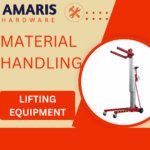 Lifting Equipment: Hoists, Cranes, and Jacks
Lifting Equipment: Hoists, Cranes, and Jacks Conveyors and Accessories: Belts and Rollers
Conveyors and Accessories: Belts and Rollers




